The Tool Wall
My move from an elementary shop to an elementary classroom, midway through my career, as a teacher, was challenging.
I had to come up with a working classroom plan that would replace a fully equipped, 120 square meter space, to a 70 square meter space, with, on the average, twice as many students in the room as I had as a shop teacher. I knew that the key to my plan would be student mobility within the classroom.
I had to come up with a working classroom plan that would replace a fully equipped, 120 square meter space, to a 70 square meter space, with, on the average, twice as many students in the room as I had as a shop teacher. I knew that the key to my plan would be student mobility within the classroom.
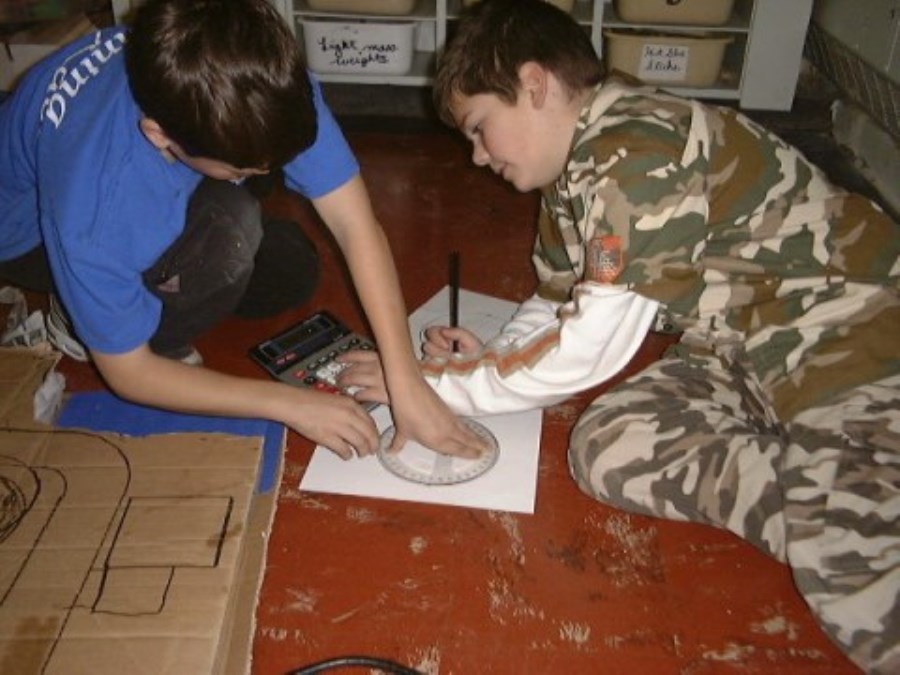
Design Mobility
Many times, walking through my elementary school, through the years that I was a shop teacher, I visualize what an elementary classroom should look like.
My image was significantly different from the image most people have of a classroom because, when I was young, making things had been one of my favourite activities.
My image was significantly different from the image most people have of a classroom because, when I was young, making things had been one of my favourite activities.
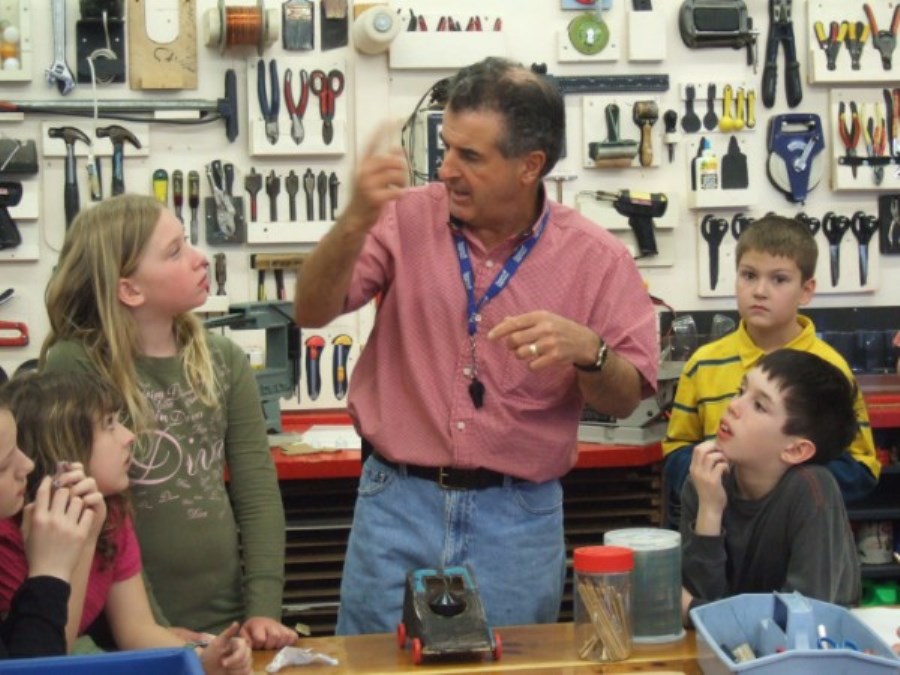
Now I was about to enter my own classroom and put my planning thoughts into reality. I went through three distinct design and construction phases through the first five years that I was an elementary teacher.
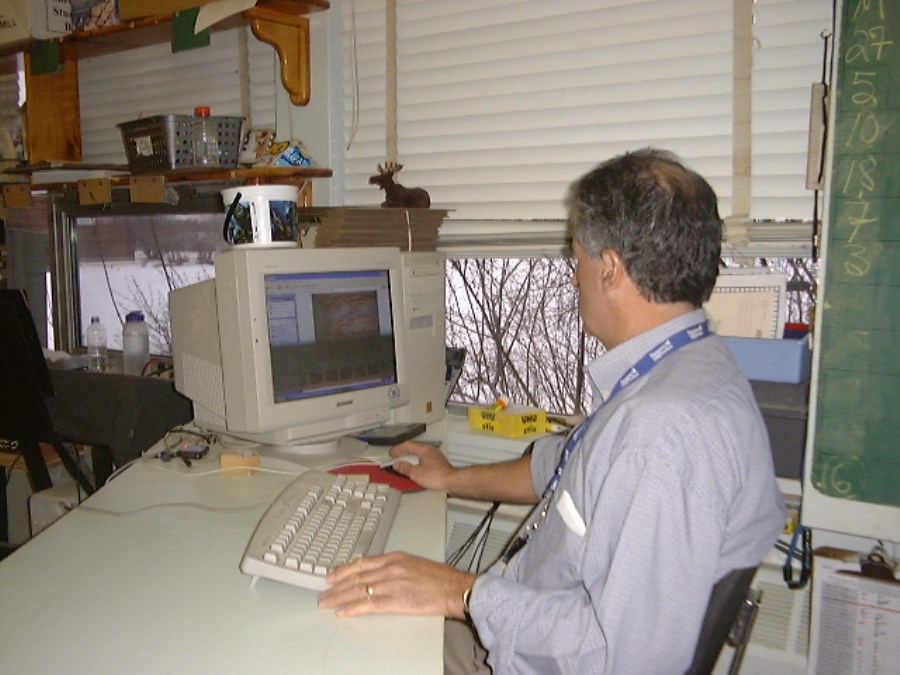
Phase one began during the transition year that I was given between being a tech and classroom teacher. In the early spring I began to explore my ideas and focusing on bringing them to reality.
My first step was to visit the school I would be teaching in the following year. The principal gave me a tour of the school and my future classroom. I liked the classroom because it had vinyl tile floors which would be easy to keep clean, and large windows which engulfed the room with natural light.
My first step was to visit the school I would be teaching in the following year. The principal gave me a tour of the school and my future classroom. I liked the classroom because it had vinyl tile floors which would be easy to keep clean, and large windows which engulfed the room with natural light.
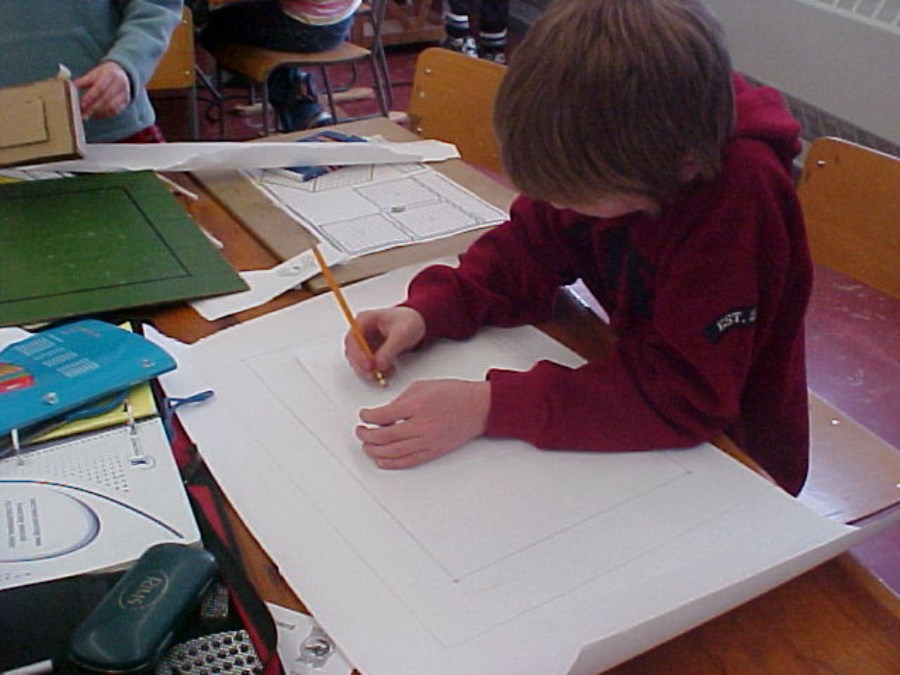
While there, I took some time with a clipboard and measuring tape to make precise measurements of my future classroom. These measurements gave me the necessary information that I needed to make a floor plan.
The floor plan of my classroom allowed me to visually position furniture, tools, and internal storage areas in the room. It also gave me the ability to see how my student would move in that space.
Once I knew how many chairs, tables, workbenches and tool cabinets I would need in the room, I made a scale model of them. A scale model of the furniture, placed on an enlarged floor plan, gave me a true representation of the space I would be utilizing.
The floor plan of my classroom allowed me to visually position furniture, tools, and internal storage areas in the room. It also gave me the ability to see how my student would move in that space.
Once I knew how many chairs, tables, workbenches and tool cabinets I would need in the room, I made a scale model of them. A scale model of the furniture, placed on an enlarged floor plan, gave me a true representation of the space I would be utilizing.
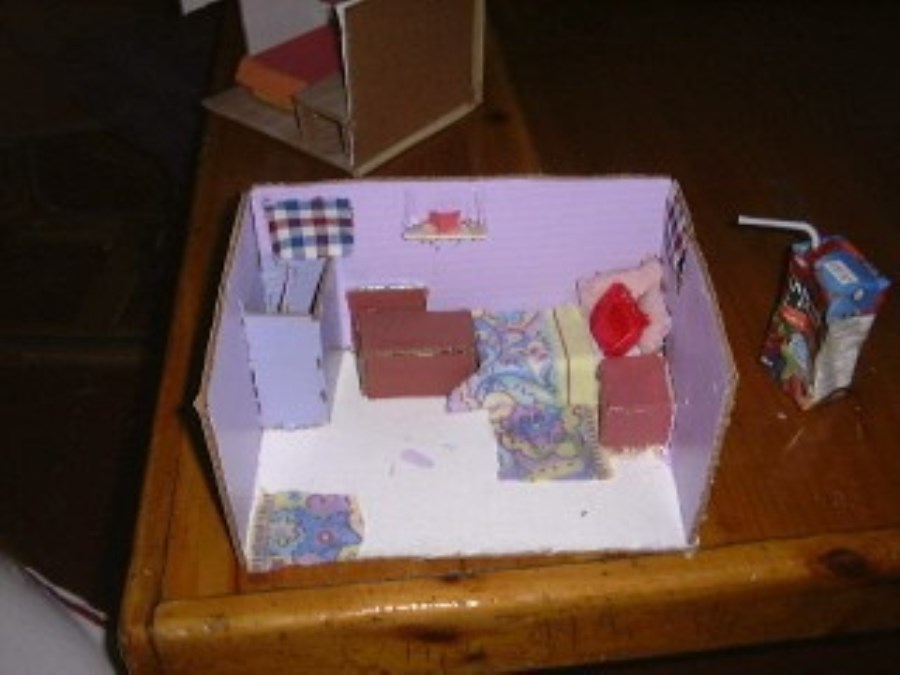
One of my students assignments was to measure their bedroom and create a model of their room.
Through the second half of that spring and a large portion of the summer, I made all of the things for the classroom I would need in my first year as a classroom teacher.
In September I began. Most of the items that I had designed and made, worked well. A few of my ideas didn’t because they did not serve the purpose they were intended for.
Being a designer meant, through my first evolving year as a classroom teacher, I had to continuously make an evaluation of my classroom. Did the things I made work? That is the design process. I removed the things that didn't, and started worked on new designs that, in this case,would improve my room.
In September I began. Most of the items that I had designed and made, worked well. A few of my ideas didn’t because they did not serve the purpose they were intended for.
Being a designer meant, through my first evolving year as a classroom teacher, I had to continuously make an evaluation of my classroom. Did the things I made work? That is the design process. I removed the things that didn't, and started worked on new designs that, in this case,would improve my room.
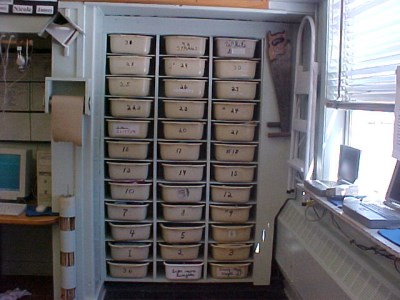
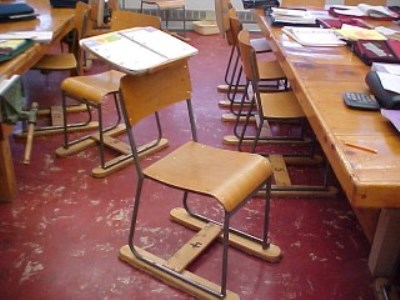
Phase two came about towards the end of the first school year. I had tools in the room I wasn’t using, chairs that made far too much noise and a table that wasn’t doing the task I thought it would. I modified the classroom chairs so that they would be noiseless when they were moved in the room. I made a second practical workbench with vices.I constructed guide tools that I could use in constructing with cardboard and a large cardboard storage unit.
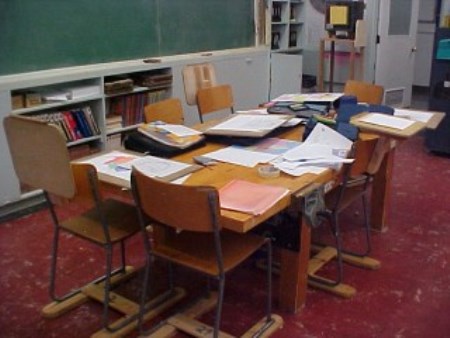
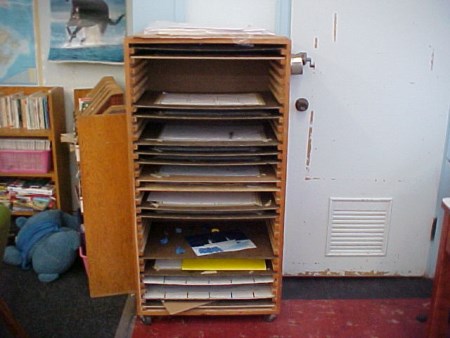
My two biggest concerns were the organization of my students personal items and their drawing boards. Students were loosing many of their personal items; and the drawing boards they used for designing did not have a proper storage cabinet.
My most important additions were two storage cabinets; one for holding my drawing boards individually, and one that held cubbies that stored my student’s individual items.
My most important additions were two storage cabinets; one for holding my drawing boards individually, and one that held cubbies that stored my student’s individual items.
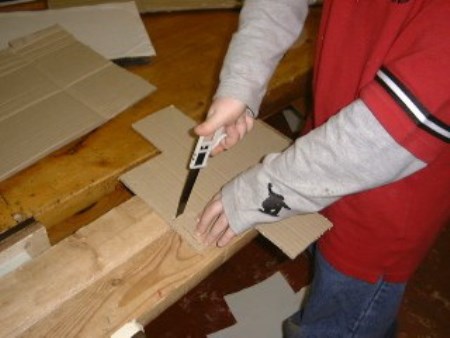
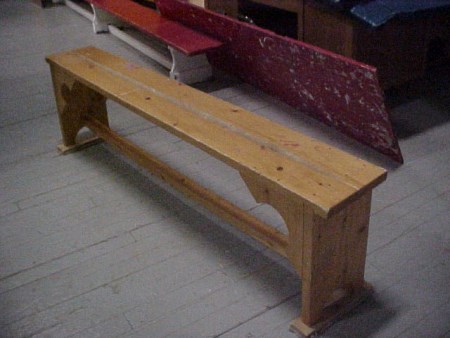
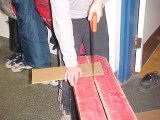
Phase three came about four years later, brought on because I was moving to another classroom within the school, and I was ready to make some changes.
Curriculum integration in my classroom was going well, but I wasn’t satisfied with the overall display of the tools and materials, I used in my classroom.
I wanted to display my tools artfully and prominently, so as to motivate my students to use them properly and with care. I wanted them to feel that good tools and instruments are important things. I wanted a place where they could easily be seen, and returned, especially at clean-up time. Also, I wasn’t using my classroom’s limited space wisely. I wanted to increase my productivity.
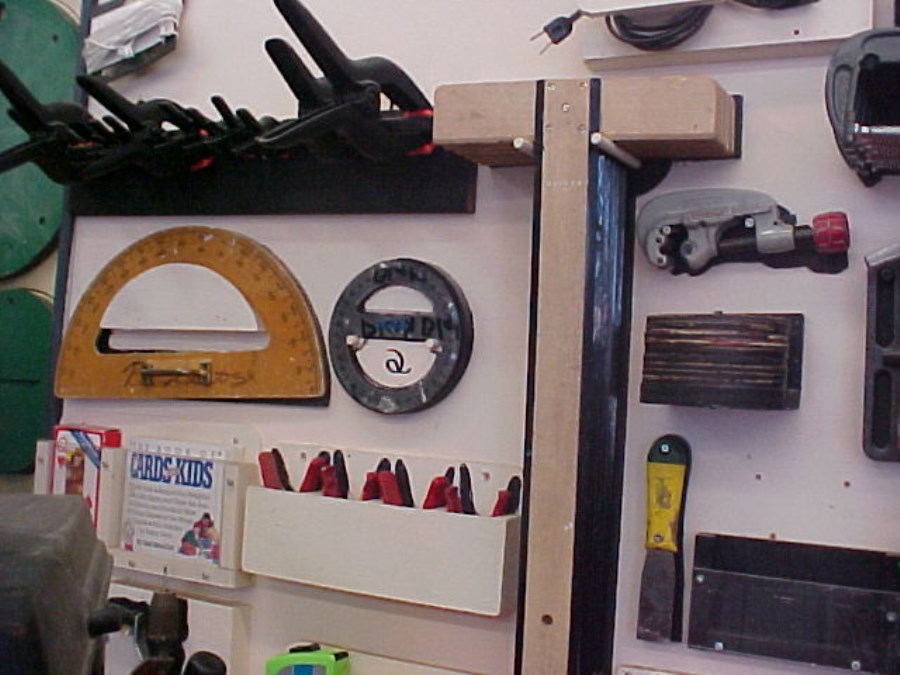
This move motivated me to sit down at my drafting machine and design a new place to organize my hand tools, larger cutting tools, drill press, student three ring binders, sports equipment and especially my drawing boards, design tools and design instruments.Central to my plan, was a space to hold, and organize student design boards.
I started working on a convenient place to store 32 drawing boards. I went on to design cubbies on each side; organized classroom materials, a plywood countertop with electric power for large power tools. I angled, framed and anchored above the counter, two large pieces of plywood which supported my silhouetted hand tools.
This cabinet became my summer project. The unit, which was in my classroom for 15 years, increased my teaching productivity but more importantly, it gave my students a sense of the importance of tool organization, maintenance, and accessibility.
We used tools everyday in my classroom. A tool could be as simple as a hammer, or complex as a drill press, an instrument as straightforward as a compass or as complicated as a circle protractor. The changes I made allowed my students to be more productive .
Teaching a lesson and knowing exactly where all the tools I needed were situated, the artistry of them laid out logically gave me a sense of confidence.
I started working on a convenient place to store 32 drawing boards. I went on to design cubbies on each side; organized classroom materials, a plywood countertop with electric power for large power tools. I angled, framed and anchored above the counter, two large pieces of plywood which supported my silhouetted hand tools.
This cabinet became my summer project. The unit, which was in my classroom for 15 years, increased my teaching productivity but more importantly, it gave my students a sense of the importance of tool organization, maintenance, and accessibility.
We used tools everyday in my classroom. A tool could be as simple as a hammer, or complex as a drill press, an instrument as straightforward as a compass or as complicated as a circle protractor. The changes I made allowed my students to be more productive .
Teaching a lesson and knowing exactly where all the tools I needed were situated, the artistry of them laid out logically gave me a sense of confidence.
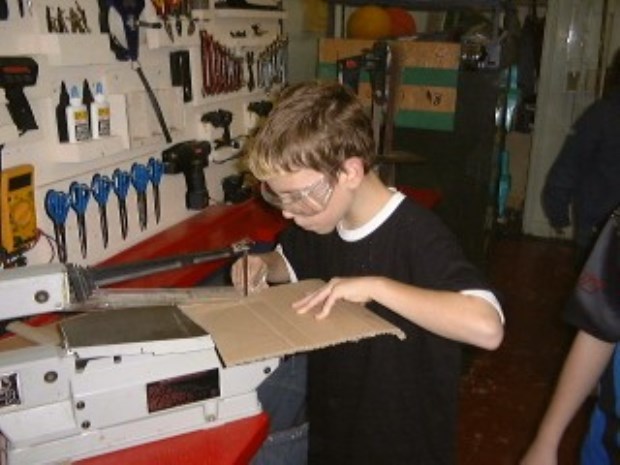
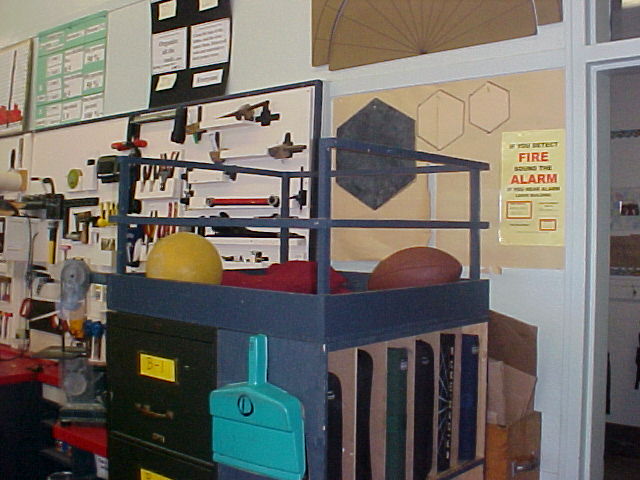
Drill Press
Drill Bits
Safety Goggles
Drill Bits
Safety Goggles
Student Using a Scroll Saw With
Safety Glasses
Safety Glasses
Sports equipment organized to be used in gym or at recess.
Storage
Quiet Chairs
Efficient Bench
Mobile Design Cabinet Storage
Cardboard Cutting Tools and Equipment
The importance of tool organization, maintenance, and accessibility.